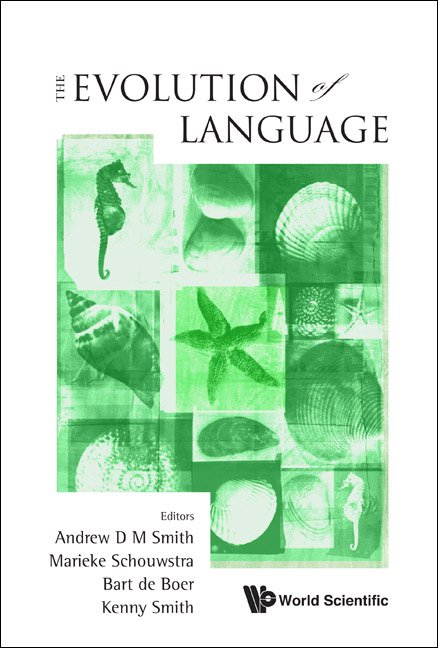PRIMING THROUGH CONSTRUCTIONAL DEPENDENCIES A CASE STUDY IN FLUID CONSTRUCTION GRAMMAR
According to recent developments in (computational) Construction Grammar, language processing occurs through the incremental buildup of meaning and form according to constructional specifications. If the number of available constructions becomes large however, this results in a search process that quickly becomes cognitively unfeasible without the aid of additional guiding principles. One of the main mechanisms the brain recruits (in all sorts of tasks) to optimize processing efficiency is priming. Priming in turn requires a specific organisation of the constructions. Processing efficiency thus must have been one of the main evolutionary pressures driving the organisation of linguistic constructions. In this paper we show how constructions can be organized in a constructional dependency network in which constructions are linked through semantic and syntactic categories. Using Fluid Construction Grammar, we show how such a network can be learned incrementally in a usage-based fashion, and how it can be used to guide processing by priming the suitable constructions.



